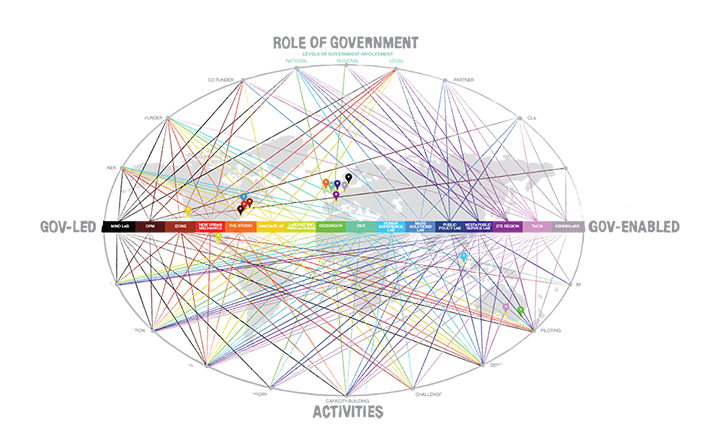Katrin Benhold in the New York Times: “A 24-year-old psychologist working for the British government, Mr. Gyani was supposed to come up with new ways to help people find work. He was intrigued by an obscure 1994 study that tracked a group of unemployed engineers in Texas. One group of engineers, who wrote about how it felt to lose their jobs, were twice as likely to find work as the ones who didn’t. Mr. Gyani took the study to a job center in Essex, northeast of London, where he was assigned for several months. Sure, it seemed crazy, but would it hurt to give it a shot? Hayley Carney, one of the center’s managers, was willing to try.
Ms. Carney walked up to a man slumped in a plastic chair in the waiting area as Mr. Gyani watched from across the room. The man — 28, recently separated and unemployed for most of his adult life — was “our most difficult case,” Ms. Carney said later.
“How would you like to write about your feelings” about being out of a job? she asked the man. Write for 20 minutes. Once a week. Whatever pops into your head.
An awkward silence followed. Maybe this was a bad idea, Mr. Gyani remembers thinking.
But then the man shrugged. Why not? And so, every week, after seeing a job adviser, he would stay and write. He wrote about applying for dozens of jobs and rarely hearing back, about not having anything to get up for in the morning, about his wife who had left him. He would reread what he had written the week before, and then write again.
Over several weeks, his words became less jumbled. He started to gain confidence, and his job adviser noticed the change. Before the month was out, he got a full-time job in construction — his first.
An Idea Born in America
Did the writing exercise help the man find a job? Even now it’s hard for Mr. Gyani to say for sure. But it was the start of a successful research trial at the Essex job center — one that is part of a much larger social experiment underway in Britain. A small band of psychologists and economists is quietly working to transform the nation’s policy making. Inspired by behavioral science, the group fans out across the country to job centers, schools and local government offices and tweaks bureaucratic processes to better suit human nature. The goal is to see if small interventions that don’t cost much can change behavior in large ways that serve both individuals and society.
It is an American idea, refined in American universities and popularized in 2008 with the best seller “Nudge,” by Richard H. Thaler and Cass R. Sunstein. Professor Thaler, a contributor to the Economic View column in Sunday Business, is an economist at the University of Chicago, and Mr. Sunstein was a senior regulatory official in the Obama administration, where he applied behavioral findings to a range of regulatory policies, but didn’t have the mandate or resources to run experiments.
But it is in Britain that such experiments have taken root. Prime Minister David Cameron has embraced the idea of testing the power of behavioral change to devise effective policies, seeing it not just as a way to help people make better decisions, but also to help government do more for less.
In 2010, Mr. Cameron set up the Behavioral Insights Team or nudge unit, as it’s often called. Three years later, the team has doubled in size and is about to announce a joint venture with an external partner to expand the program.
The unit has been nudging people to pay taxes on time, insulate their attics, sign up for organ donation, stop smoking during pregnancy and give to charity — and has saved taxpayers tens of millions of pounds in the process, said David Halpern, its director. Every civil servant in Britain is now being trained in behavioral science. The nudge unit has a waiting list of government departments eager to work with it, and other countries, from Denmark to Australia, have expressed interest.
In fact, five years after it arrived in Washington, nudging appears to be entering the next stage, with a new team in the White House planning to run policy trials inspired in part by Britain’s program. “First the idea traveled to Britain and now the lessons are traveling back,” said Professor Thaler, who is an official but unpaid adviser to the nudge unit. “Britain is the first country that has mainstreamed this on a national level.”
See also: A Few Findings of Britain’s Nudge


